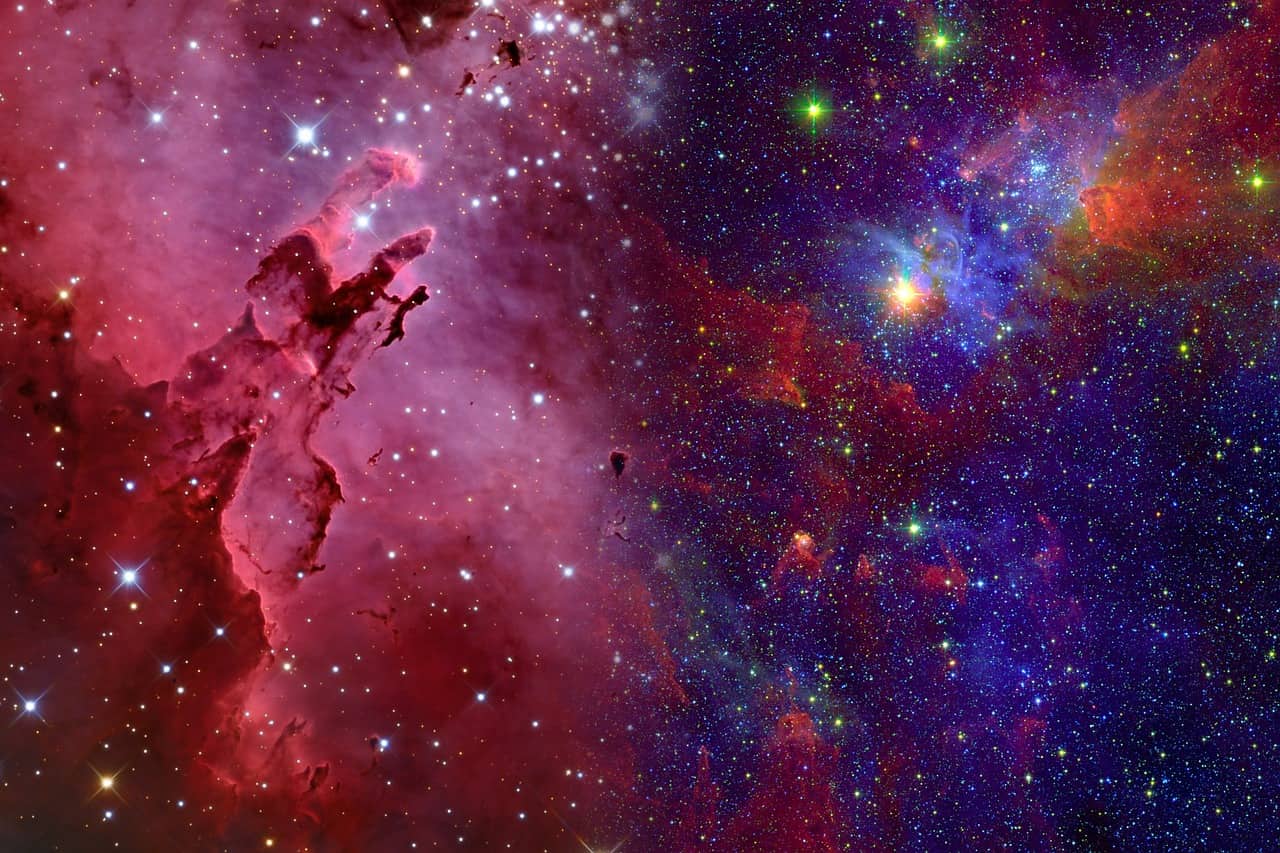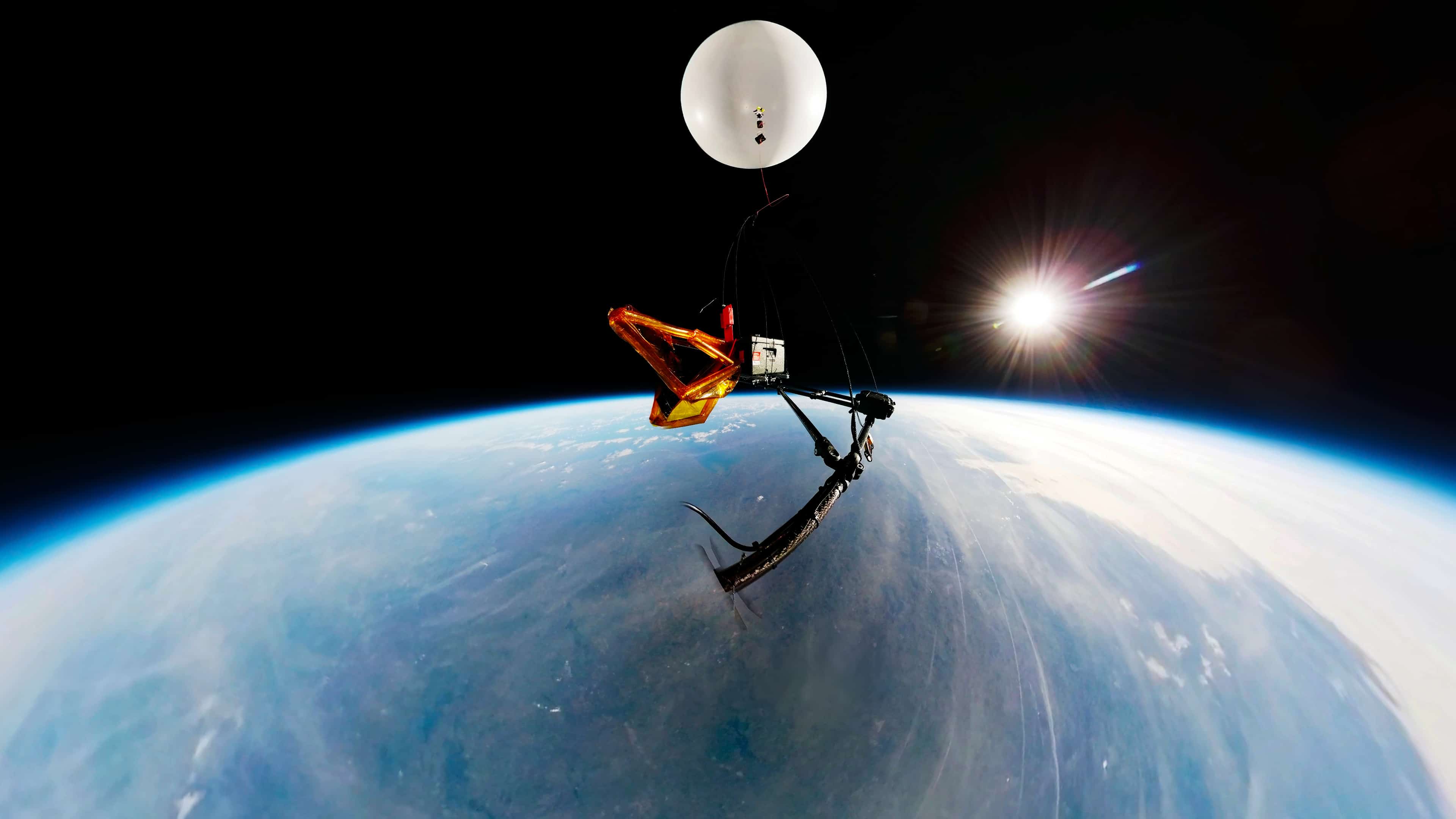
After a record-breaking flight of 57 days, 7 hours and 38 minutes over Antarctica, NASA’s balloon telescope GUSTO completed its mission with a parachute landing on the ice. GUSTO collected spectra of gas and dust clouds in our Milky Way and a neighbouring galaxy with far-infrared cameras designed by SRON and TU Delft, TU Delft said in a press release.
Why you need to know this:
Dutch equipment is often used during space missions. This equipment makes it possible to learn more about the universe.
During its 57 days in the sky, the telescope mapped much of the Milky Way and the Large Magellanic Cloud. Jian-Rong Gao (SRON/TU Delft), the project leader of the Dutch contribution: ‘GUSTO has collected an enormous amount of astronomical data from the stratosphere. And we are very happy that it has landed on the ice instead of in the ocean. That means NASA will pick it up when spring arrives in the southern hemisphere. There’s actually no need for that because all the data has already been sent to the ground station. But it would look great in a museum and some parts could even be reused for future missions.’

Unravelling star formation process
GUSTO was developed to unravel the star formation process-from the formation of gas and dust clouds all the way to the dying process of stars and the accretion of the new generation of stars. The observatory consists of a telescope one metre in diameter and a cryogenic instrument that used far-infrared cameras to detect emission lines of ionised carbon (CII) and nitrogen (NI) in the interstellar medium (ISM)-the gas and dust between stars. The oxygen (OI) camera did not collect data due to unexpected icing on the local oscillator-a reference source. All cameras are based on superconducting detectors operating at -269 °C and were developed by SRON in close collaboration with TU Delft.

